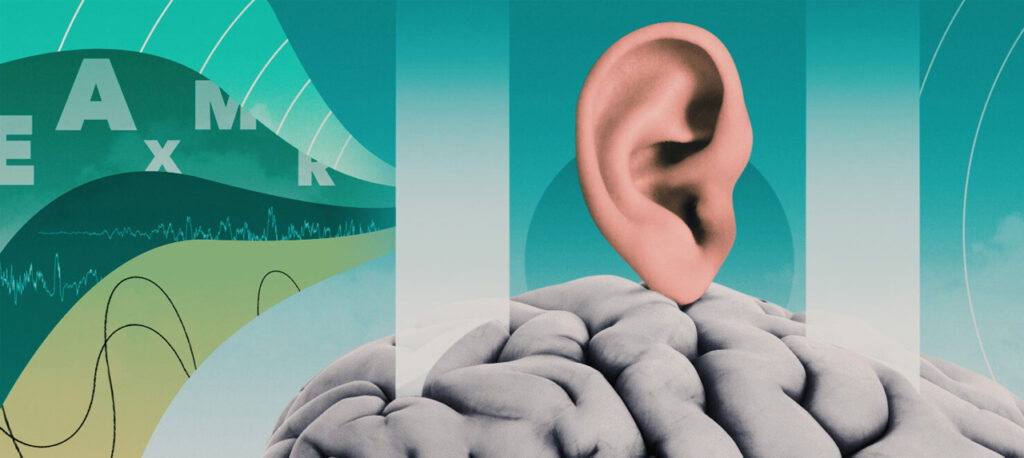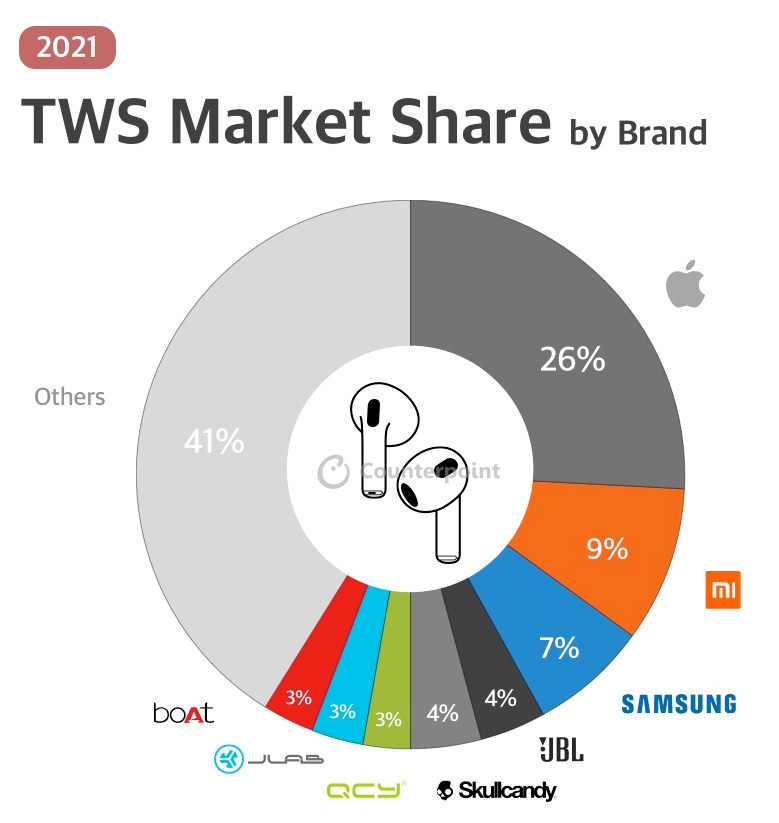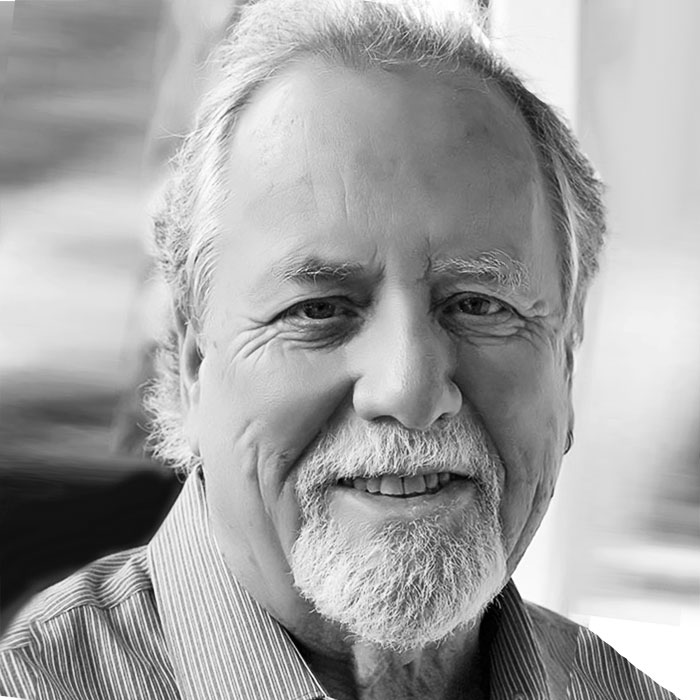
Advanced Audio Will Revolutionize Digital Therapeutics
Ended soon
We’re all aware of the healing power of music, which is not only a sentiment but a scientific fact. Recent advances in audio technology, particularly spatial audio, are showing great promise in treating a variety of physical, cognitive and emotional health challenges. For audio hardware and software companies, these nascent fields represent welcome opportunities to do well while doing good.
Beyond Music Therapy
The use of music for healing dates to antiquity, and music therapy has long been a cornerstone of rehabilitation for neurological disorders. The late pioneer Oliver Sacks not only discovered numerous therapeutic uses for music among patients, but also mapped previously unknown auditory conditions such as musical hallucinations and seizures. Recent advances in medical imaging have given us stunning evidence of how vibrations and tones impact the body; everything from prenatal development to Parkinson’s Disease.
Today, a new generation of inexpensive, user-facing “medical devices” — better known as smartphones with digital health apps – are paving the way for novel therapies and showing great promise. In particular, the object-oriented systems developed by Dolby and DTS commonly known as “spatial audio” are bringing exciting new possibilities to neurological care.
Body and Soul
Sound waves are well-documented as an effective method for mood alteration. Of course, changes in mood produce physiological changes as well. Researchers and therapists have long understood the value of binaural beats and isochronic tones to reduce stress and promote restful states. These and other audio techniques, such as low-frequency sound stimulation, have proven beneficial for physiological conditions as varied as stroke recovery, fibromyalgia and gastrointestinal disorders. Spatial audio, however, lets us address the brain in new ways.
As an example, many children and adults that suffer from autism spectrum disorders are negatively triggered by highly specific sounds. Treatments are often centered on increasingly longer exposures to these sonic triggers, in hopes of reducing and eventually eliminating their effect. Unfortunately, conventional 2-channel audio lacks the spatial resolution to convincingly fool the ear and the brain into fully experiencing these triggers, like an approaching bus or a flock of birds overhead.
Through spatial audio and other advancements, the sounds of these trigger phobias can be shaped and presented – greater, lesser, further, closer, louder, etc. — with astounding precision. The realism is dramatically closer to true physical experience, and has been demonstrated to produce greater attention and activity in patients. It’s easy to see how spatial audio becomes a perfect counterpart to the emerging VR-based therapies that will mark the next stage of tech-enabled healthcare.
Even today’s focus on high-resolution audio becomes meaningful in this new context. Common bit-reduced audio codecs already demand significant neural processing from the listener. This adds an additional, unwanted layer to the cognitive load. Apart from any musical debates, inaudible ultrasonic audio content has also been shown to produce a relaxed attentional state, even without conscious awareness. Yes, hi-res audio is actually good for you.
What are the Opportunities?
Manufacturers generally think of Atmos and DTS-X as a way to sell home theater, but a therapeutic deployment for spatial audio extends outside the home. Hospitals, nursing homes and wellness centers, among others, are all prime customers for spatial audio installations. Remember also that it’s not only patients that need calming effects. Sonically optimized “restful spaces” are helping health facilities cope with worker burnout. All these use cases will mean more loudspeaker sales – welcome again after years of decline. Earphone sales are expected to retain and even grow their market dominance as the preferred consumer listening gear. True Wireless Stereo (TWS) will be a key enabler in these expanded hearing health applications.
For software companies that are focused on therapeutic audio solutions, it’s time to partner with audio companies, or for the more enterprising, perhaps actually becoming an audio company. Today, thanks to advances like TWS, balanced armatures and loaded development kits, it is possible to quickly bring out highly sophisticated personal listening solutions at mainstream prices. Global sales of TWS are already growing at 33% year over year, with some 40% of the market still splintered and available. Hearing health will be a broader category than it is today. Let’s see who becomes first movers.
An audio industry that has been focused on music, movies and speech for most of its 150 year of existence is about to enter the realm of healthcare. Navigating the possibilities will be a fascinating adventure.
# # #
Senior Consultant Mike Fidler is a former President of the UHD Alliance, as well as CEO of Digeo and SVP for Sony and Pioneer. He has directed the launch of numerous keystone CE technologies, including A/V Receivers, DVD, Blu-ray, 4K, DVR and Advanced IP Cable STBs. He also helped drive the conversion of the theatrical exhibition industry from film to digital.


